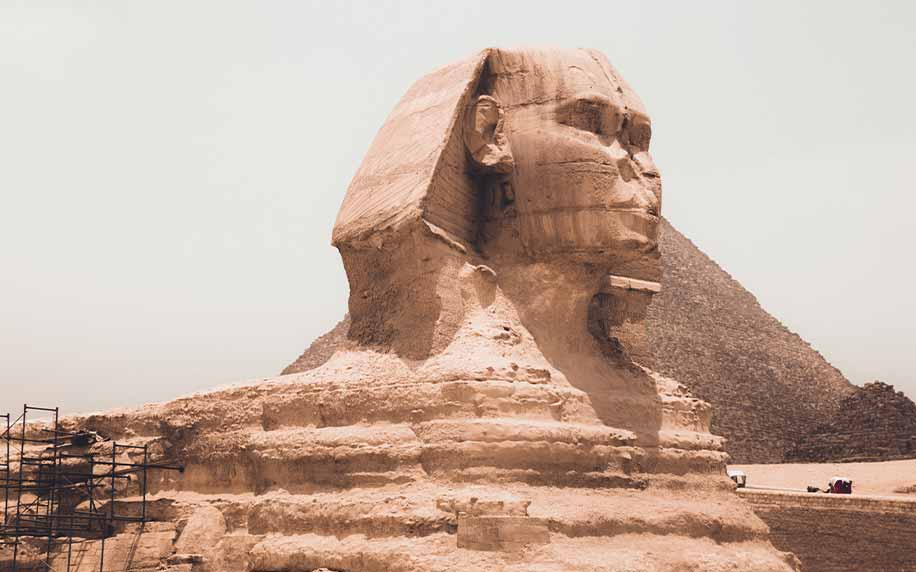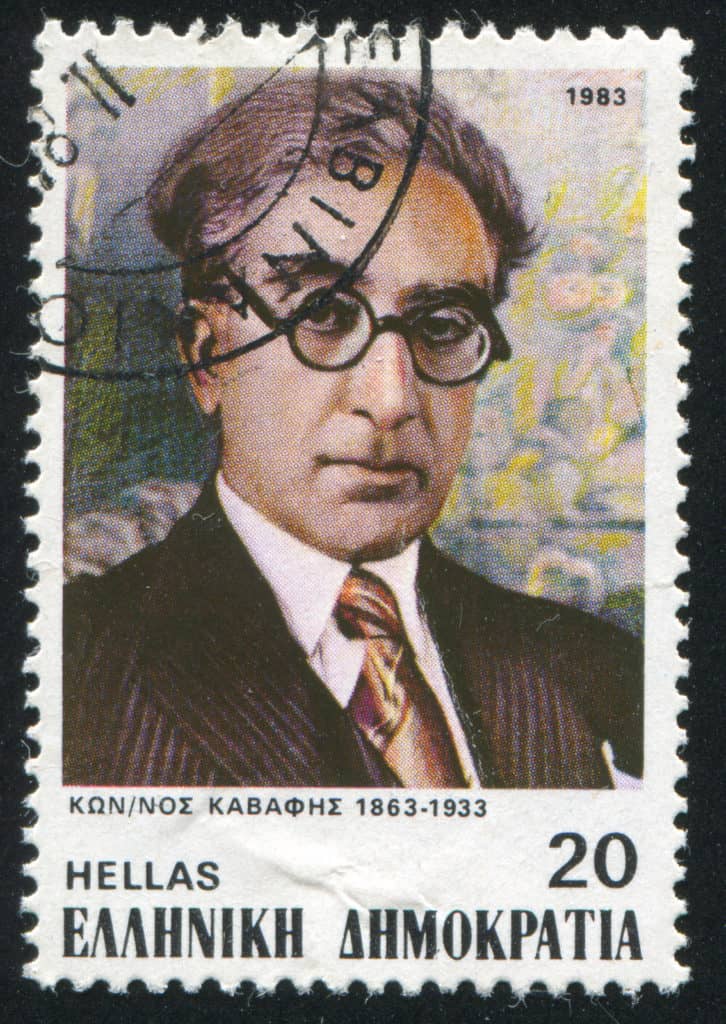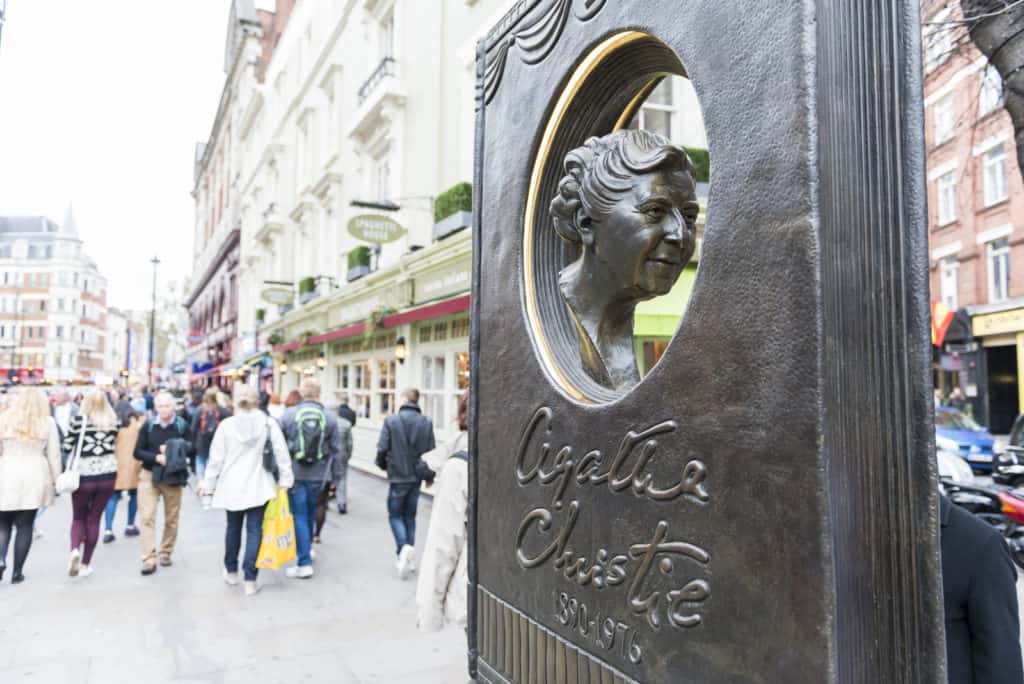Egypt Immortalised in World Literature – 5 Major Authors who Loved Egypt

Updated On: March 21, 2024 by Dina Essawy
Egypt has long been an inspiration to many authors, poets, and filmmakers from all over the world, who were able to immortalize its charms in their masterpieces. Authors like Lawrence Durrell, E.M Forester, and Harry Tzales were among many who were influenced by the ancient land and included it in many of their writings. See Egypt immortalised in world literature with ConnollyCove.
Authors who had Egypt Immortalised in their Works
Lawrence Durrell’s Alexandria Quartet
Set in Alexandria, Egypt, during the 1940s, The Alexandria Quartet is a series of four novels by British novelist Lawrence Durrell, consisting of Justine (1957), Balthazar (1958), Mountolive (1958), that describe a series of events in Alexandria before World War II, while Clea (1960) is set during the war. The events are seen through the eyes of L.G. Darley, who observes the interactions among his close circle of friends, lovers, friends, and acquaintances in the ancient city of Alexandria.
Lawrence Durrell lived in Greece with his wife and daughter in the early 1940s, until it fell in the war, and then they were evacuated to Egypt. He worked as a press officer at the British consulate in Alexandria until 1945.
He shared his first apartment alone, after his family left, with author Paul Gotch. In Alexandria, he became acquainted with a wealthy and influential family called the Ambrons, who often entertained Alexandria’s elite, and through them, he became acquainted with many illustrious friends who might have served as inspiration for the characters in his books. The Ambrons rented him space in their villa at 19 Maamoun Street, which is still there today. Built in a neo-Classical Italianate style, the elegant villa has two stories and a basement. It was designed by the same Italian architect who designed the Cecil Hotel. In the backyard, there is a garden, designed around a massive banyan tree.
There, Durrell met the artist Clea Badaro, who had a minor part in the three novels and became the main character in the final book of the Alexandria Quartet. One of the Amrbrons’ daughters was also mentioned in the second book.
Durrell lived on the second floor of the villa where he wrote down his notes that he later turned into the Alexandria Quartet, a series of novels deemed to be one of the most important literary works of 20th fiction.
During that time, he met Eve Cohen, who eventually became his second wife, and she was the inspiration behind the character of Justine, the most important character in the Quartet.
The villa is now handled by the U.K. Friends of the Library of Alexandria, saving it from ruin and in hopes of eventually restoring it. Egypt was immortalised through literature.
C.P. Cavafy
The poet Constantine Cavafy was born in Alexandria, Egypt, in 1863. His family settled for a time in London, before moving to Constantinople and then back to Egypt. Cavafy’s apartment on the second floor of 10 rue Lepsius (now Cavafy Street) became a meeting place for Alexandrian intellectuals. The apartment is now a museum dedicated to his work and it displays some of his writings and personal belongings. There, he was often visited by contemporaries, such as E. M. Forster.
Cavafy draws on the city of Alexandria for inspiration, which shows in his poem “The City”. He continually used elements from the city’s history in his works, and mentioned many notable Alexandrian figures, such as Cleopatra, the last pharaoh queen of Egypt, and Hypatia, the famous Alexandrian philosopher and mathematician, both of whom met tragic ends.
During the beginning of the 20th century, cultural life in Egypt flourished, especially among the foreign communities, and Cavafy’s poetry began to spread among these communities, even though he was always reluctant to publish his work.
By the 1920s, his writings attracted the attention of a lot of young readers in Athens who asked for collections of his printed poems. Since he wrote primarily in Greek, many people began translating Cavafy’s work, the first of which was his brother John Cavafy. Georgios Valassopoulo also translated several of Cavafy’s poems that were included in E. M. Forster’s books about Alexandria and published in T. S. Eliot’s journal The Criterion. These translations continued to increase in number after World War II and continue to crop up until today.
In E. M. Forster’s Alexandria: A History and a Guide, Forster says: “And this brings me to Cavafy. One of the joys of those years was my friendship with the great Greek Alexandrian poet who so poignantly conveys the civilization of his chosen city.”
Cavafy died in 1933 in Alexandria and was buried there.
E.M Forster
British author E.M Forster is one of the most renowned writers of the 20th century, his focus being on setting his plots in foreign locations that he visited throughout his life. His most well-known novels are A Room with a View (1908), Howards End (1910), and A Passage to India (1924).
In 1915, he arrived in Alexandria, Egypt, where he served as a Chief Searcher for missing servicemen for the British Red Cross during World War I. He spent a lot of his time exploring “the magic, antiquity and complexity” of the city, which inspired him to immortalize Alexandria in his work.
Alexandria: A History and a Guide was one of two books, along with Pharos and Pharillon, in which Forster talks about the city of Alexandria. He spent his spare time researching and writing about the city, inspired by its long and rich history. Forster’s account of the city was influenced by his social circle during his time there.
Forster wrote Alexandria: A History and a Guide in two parts, the first devoted to the city’s history beginning with the Greco-Roman period to the Christian period, and then it moves on to the Arab conquest in 641 CE, followed by the Turkish conquest in the 16th century and the British colonial annexation of Egypt in 1882, delivering an account of the British naval bombardment of Alexandria.
The second part serves as a guide to the Alexandrian neighbourhoods and museums, as well as different locations outside the city.
His focus on history was because, as he said in his introduction, “[t]he ‘sights’ of Alexandria…fascinate when we approach them through the past”.
Another part of the introduction states that “the best way to experience the city is to walk about quite aimlessly. Once the first sense of estrangement is over, the mind finds its surcease in the discovery of the dream-city Alexandria which underpins, underlays the rather commonplace little Mediterranean seaport which it seems, to the uninitiated, to be.”
Agatha Christie
One of the most renowned mystery writers in the world, Agatha Christie’s name remains synonymous with many well-known detective novels that are still quite popular today and are constantly adapted into films and TV series. The English writer wrote a total of sixty-six detective novels and fourteen short story collections, mostly revolving around the fictional detectives Hercule Poirot and Miss Marple.
In 1907, when Christie’s mother’s health deteriorated, they decided to spend the winter in the warm climate of Egypt, which was then a regular tourist destination for wealthy Britons. They ended up staying for three months at the Gezirah Palace Hotel in Cairo. Christie had quite an active social life there as she attended dances and polo matches. She also enjoyed visiting the Great Pyramid of Giza.
It was during that time that she drew inspiration for her first unpublished novel Snow Upon the Desert (1910) which was set in Cairo.
Her interest in antiquities developed after her marriage to archaeologist Max Mallowan in 1930, as she accompanied him on annual expeditions, to several countries, including Egypt. Their experiences travelling and living abroad are reflected in her writings and novels, such as Murder on the Orient Express, Death on the Nile, and Appointment with Death, and also a short story titled the Adventure of the Egyptian Tomb.
Death on the Nile, the 1978 film based on her novel, features many locations in Egypt, such as the Winter Palace Hotel in Luxor and the Old Cataract Hotel in Aswan, which were the same hotels where Christie stayed and wrote her novels.
The characters in this film visit the Pyramids of Giza, before their cruise ship departs from the Old Cataract Hotel at Aswan, passing the temple of Karnak at Luxor and the Temple of Abu Simbel near Aswan.
The story was adapted again in a 2004 TV episode, featuring different locations than its predecessor, such as the temples of Luxor and Dendera and the Valley of the Kings.
Her other novel Death Comes as the End is another fascinating mix between archaeology, Egyptology, and fiction writing, which also inspired many writers who came after her. The novel revolves is actually set in ancient Egypt where a priest’s daughter attempts to investigate the death of a concubine. The story is based on a series of letters from the Middle Kingdom written by a man called Heqanakhte to his family, complaining about their behaviour and treatment of his concubine.
It was quite unusual at the time for a foreign author to base a story in ancient Egypt, but the idea came to Christie after noted Egyptologist and family friend Stephen Glanville suggested it to her. He also helped her retain the accuracy of the details of daily household life in Egypt 4000 years ago.
All of the locations that Agatha Christie visited or mentioned in her work are still there today and you can trace her steps from the Pyramids of Giza, southward to the rich and historical land of Luxor where you can visit the temples and stay at the Winter Palace Hotel, then head southward again to Aswan to visit Abu Simbel and the Old Cataract Hotel, one of the best hotels in Egypt to this day.
Harry Tzalas
Harry Tzalas was born in Alexandria in 1936 and attended one of the French schools in the city. In 1959 he left for Greece, settled in Athens as a marine consultant, and he has been working in the field of marine archaeology and the topography of ancient and medieval Alexandria. He is a member of the Board of Directors of the Alexandria Center for Hellenistic Studies and President of Hellenic Institute of Ancient and Mediaeval Alexandrian Studies.
He founded the Hellenic Institute for Ancient and Mediaeval Alexandrian Studies in 1997, and since then, has been leading periodic underwater archaeological surveys off the Alexandrian coast.
His first two books: Farewell to Alexandria and Seven Days at the Cecil were both set in Alexandria, recounting the tales of its people, locals and foreigners alike. Both books were translated into English from Greek.
Farewell to Alexandria comprises eleven short stories set during, and follows the Second World War to the 1952 Revolution and the exodus of many members of the foreign community from Egypt. Tzalas draws inspiration for these stories from people he met in his youth, from different nationalities and faiths, all living in cosmopolitan Alexandria.
In Seven Days at the Cecil, Harry Tzalas recounts seven days he spent in Alexandria at the Cecil Hotel in 1990, in which he talks about all the places and personalities he encountered during those few days, including the close relationships and special moments he had with them on the shores of this great Mediterranean city.
The Cecil Hotel in Alexandria is known to have hosted many celebrities and renowned figures over the course of its history, which Tzalas also recounts in his book, that every room is named after the famous figure that stayed there at one time or another, including international Egyptian actor Omar Sherif, British PM Winston Churchill, and British mystery novelist Agatha Christie, Somerset Maugham, Josephine Baker, Henry Moore, Sir Montgomery, and even Al Capone.
The colonial-style hotel was built in 1929 by the French-Egyptian Jewish Metzger family, overlooking the Mediterranean Sea in the heart of Alexandria within Saad Zaghloul Square.
During World War II, the hotel was used as the headquarters of British Intelligence.
After the 1952revolution which overthrew the monarchy in Egypt, it was taken over by the Egyptian government. The Cecil is now managed by the Sofitel hotel chain and offers 85 rooms.
You can stay in one of the rooms where famous historical and international figures once stayed. It’s no wonder that Tzalas found great inspiration at this historic location.
Egyptian cities, from Alexandria to Cairo, Luxor, and Aswan, have long been an inspiration for authors and artists from all over the world. Egypt’s rich history and warm and welcoming people have served as a fantastic breeding ground for some of the best novels and stories of the 20th century. Egypt immortalised in popular culture is easy when you have such amazing film locations. If you’re ever in Egypt, make sure to visit some of these locations to see for yourself why these authors felt so inspired to create their masterpieces.
We would love to know your thoughts on our article on Egypt Immortalised – if you enjoyed this – why not consider the History of Alexandria, the aquarium museum of Alexandria, or Qaitbay Citadel in Alexandria.









